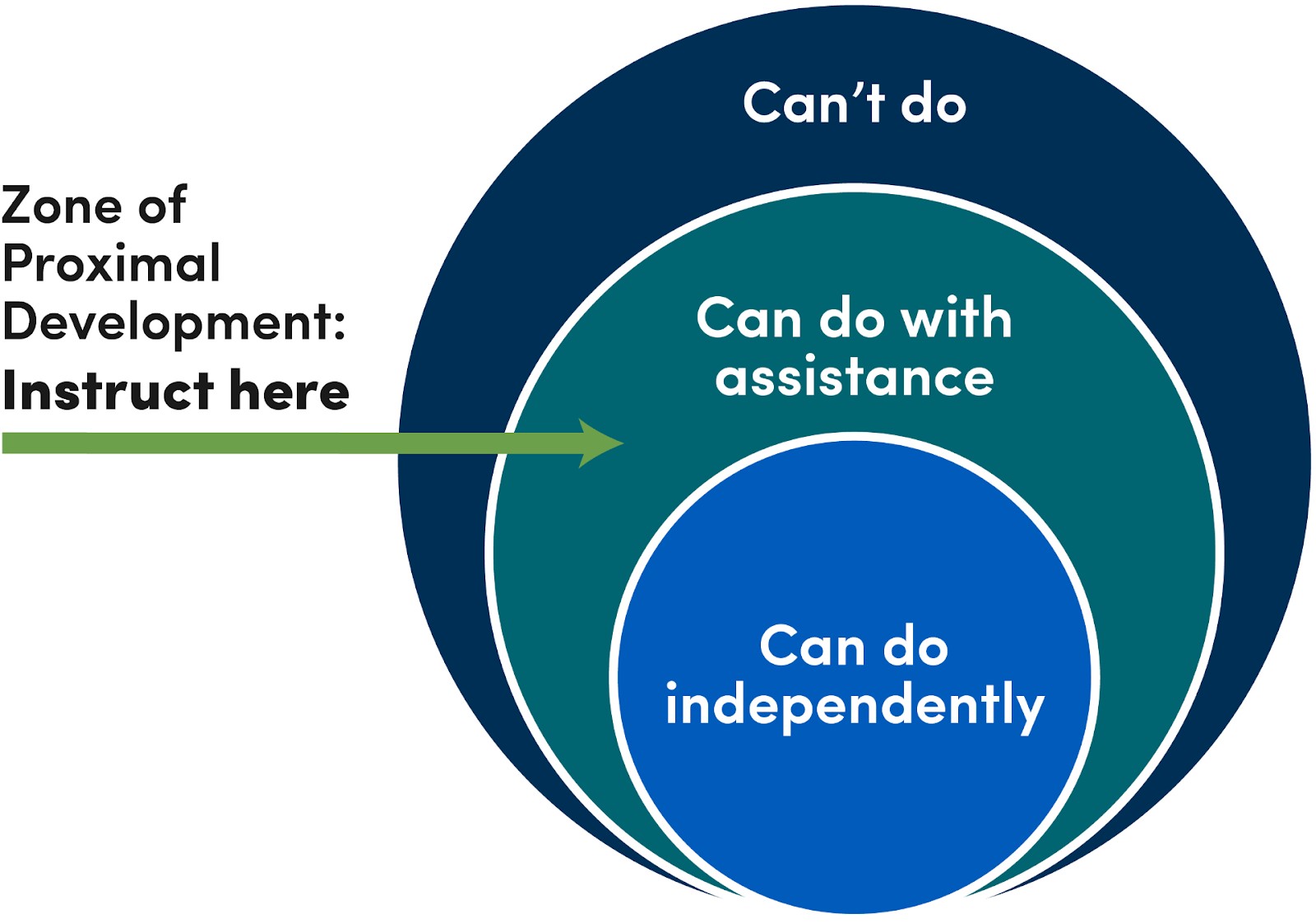
Unlocking Student Potential: The Power of Scaffolding Teaching Method in Education
The education industry is one of the dynamic industries where the teaching and learning methods are constantly evolving. Especially, in this technologically advanced era if any teacher wants to thrive then they must come up with new and effective teaching methods to ensure student success.
One of the effective teaching methods you can consider utilizing is called “Scaffolding.” The scaffolding teaching approach allows teachers to understand the unique learning needs and provide the right support and guidance to students so that they can understand difficult topics.
By offering the right kind of support and assistance to students, will help them overcome any academic obstacles, develop critical thinking skills, and most importantly help them reach their full potential.
If you also want to know more about this teaching method, then we have got you covered.
In this blog post, we will be exploring the scaffolding teaching method in detail, and also get to know about various strategies with which you can implement it in your classroom.
Before moving to the topic, can we ask you a question? Do you follow us on Social Media? We regularly share upgraded educational content, tips, feedback, and more. Check us out by clicking the profiles here - Facebook / Twitter / LinkedIn / Pinterest / Instagram / YouTube
So, without any further delay, let’s get started.
What is Scaffolding Teaching Approach?
Scaffolding is one of the effective teaching approaches through which teachers can give temporary support to their students to learn or understand any new skills or concepts.
As the name suggests, “scaffold”, which is used to give support to construction workers and building structures, in a similar way teacher also provides a structured framework to their students so that they can understand difficult subjects and their topics easily.
Once the students become capable of grasping any difficult concept and build confidence then this temporary support can be withdrawn and allow them to work independently.

Scaffolding teaching approach follows the ideology of “Zone of Proximal Development” which suggests that initially students are not being able to complete any difficult task but with the right support and assistance they become eligible to complete that task independently. It encourages students to become active learners, improve their critical thinking skills, and also improve their problem-solving capabilities which ultimately help them to achieve success academically.
Steps To Implement Scaffolding Teaching Approach in Your Classroom
Let’s get to know step-by-step process of implementing scaffolding teaching approach in your classroom:
- Teacher’s first need to assess student’s prior knowledge related to any topic.
- According to assessment teacher must set learning objectives for their students and help them to advance from their current level of knowledge to desired learning outcomes.
- To set the foundation of scaffolding, the teacher needs to convey concepts or topic problems that students are facing and share effective strategies for them to follow to complete tasks in an easier-to-understand language.
- Then, the teacher must divide the actionable steps into smaller steps for students, which is easier to follow.
- After that, teachers can consider offering guidance and support verbally in every step so that students will be able to become capable of understanding any difficult topic and skills and become independent learners.
- Lastly, you can also encourage a collaborative learning environment, where every student can form a group with their peers and help each other to complete tasks.
Learn more effective classroom instruction strategies here:
Benefits of Scaffolding Teaching Method
The scaffolding teaching method or approach offers multiple benefits to enhance the learning experience of students. Let’s get to know the benefits in detail:
- Supportive Classroom Environment
With the help of scaffolding teaching approach, you can create a supportive learning environment for students. Students have the freedom to make mistakes and learn from them without any judgments from teachers. It also helps them to overcome learning challenges and become confident in their abilities.
- Improve Student’s Skill
With the help of the scaffolding teaching approach, you can break complex tasks into smaller and achievable chunks for students. This will allow students to build a solid foundation of learning any topic first and then move to a more advanced level which ultimately leads to gaining a deeper understanding of any concepts or topics.
- Increase Engagement Rate
Implementation of a scaffolding teaching approach improves student’s participation and engagement rate in the learning process. It encourages students' participation through activities like- group discussion, practical examples, etc. and it also helps them to retain information for a longer period of time.
- Improve Cognitive & Critical Thinking Skills
Implementation of a scaffolding teaching approach encourages students to analyze information related to the topic, apply that knowledge in real real-world context, and also form connections with their peers independently which ultimately leads to improved cognitive and critical-thinking skills.
- Students Become Independent Learners
The ultimate aim of the scaffolding teaching method is to help the learners reach their full potential academically by helping them a independent learners. It helps them to master any complex topics or concepts independently and advance to concepts that are more complex.
Strategies To Scaffolding In Your Classroom Settings
Show and Tell
Show and tell strategy is one of the effective strategies for making abstract concepts more understandable and easier to follow for students. Teachers can use visual aids, diagrams, charts, and videos to demonstrate any difficult topic or concepts to make things easier for students before asking students to work on that task by themselves.
Start With Key Terms
Every complex topic contains difficult vocabulary, jargon, definitions, and key terms, which is difficult to understand. If you start your lesson teaching key terms, vocabulary, or definitions, which is difficult to understand, then it will prepare students to know what they can expect in the lesson ahead, which makes them less anxious and improves learning efficiency.
Connect With Real Life Examples
Using this strategy, you can encourage students to relate any difficult topic lesson with their own life experience or with any real-life examples to make the content relatable which is easier to understand. You can ask questions related to the topic in a manner that gives students the opportunity to relate the answer with real-life examples to make the learning process more meaningful and relatable. This will also help students to improve their cognitive and critical thinking skills.
Scaffolding Teaching Method Makes Learning Easier
Every student has the capability to understand difficult and complex topics if they get the proper guidance and support from teachers. The scaffolding teaching method is the method that serves this ideology only. You can go through different scaffolding strategies, which you can implement in your classroom, which will certainly enhance student’s learning experience.
To learn more about scaffolding teaching methods and learn different effective teaching methods you can consider pursuing courses like Master of Arts in Education with Early Childhood Studies, where you will get guidance from a top expert trainer who will also help you to become a top educator.
We believe education should be accessible for everyone. That’s why we don’t charge for our blogs. Find the right course that will help you in your career with us, contact us at +66-21055721. You can mail us at act@asiancollegeofteachers.com

